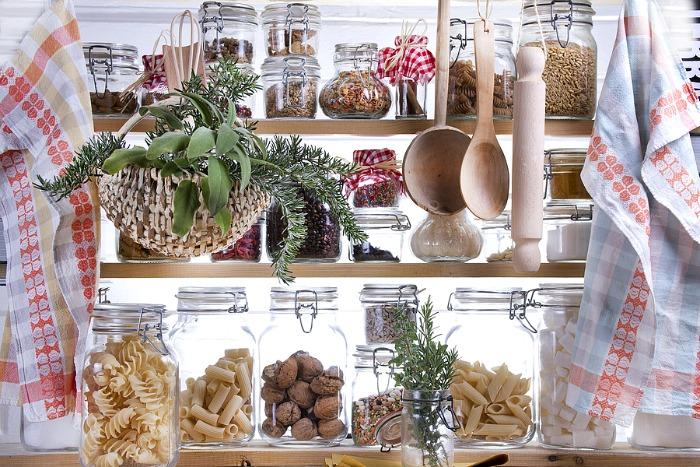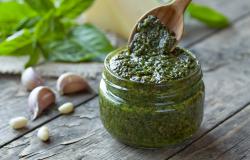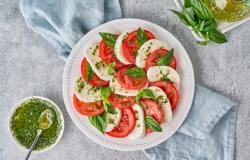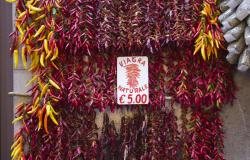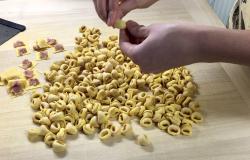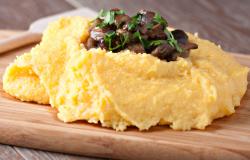After spending a year in Italy studying its cuisine, in 1954 Elizabeth David wrote what is still considered one of the most comprehensive, if not the first English book about Italian cookery. This seminal work is called simply, "Italian Food". The book has been reprinted over the years and still sells many copies in the United Kingdom - a testament to the great research and writing of the author.
If you are a fan of Italian food and enjoy preparing it at home, Elizabeth David stresses the importance of keeping an Italian larder - or pantry, for our American friends! Another bastion of Italian cooking is the talented Antonio Carluccio, who himself in his book, "Simple Cooking", said, ‘In your larder keep a little of everything you think you will need for making the dishes you like to cook and eat.’
So let’s take a look at what is required for the essential Italian larder:

Pasta
Keep at least three types of pasta in your store cupboard, a ridged one like penne or rigatoni for thick and meat based sauces, a thin ribbon such as linguini for thinner and seafood sauces, and a small one such as stelline or corallini for adding to soups and broths.
Rice and Grains
Let's not forget that even rice is part of the Italian culinary tradition from North to South. Buy some Carnaroli rice for the perfect risotto or Sicilian arancini or farro for a traditional Tuscan winter soup.
Extravirgin Olive Oil
It goes without saying that every Italian pantry has olive oil... and yes it must be extra virgin Olive oil!

Herbs and Spices
The Italian pantry would be almost empty without this important section and, although keeping fresh herbs all year round such as basil can be tricky, there’s no reason why you can’t grow your own and store the leaves in the freezer, as freshly frozen basil is superior to dried; however, do find space for a jar of dried oregano. Rosemary and sage can be harvested all year round, so consider a plant in the garden border or on the patio in a pot. Capers and chillies, fresh or dried, along with salt and black pepper complete the herbs and spice section.
Onions and Garlic
They are the mainstay of many Italian dishes and onions, whether white, yellow or red, are the unwavering base of most sauces. Garlic peeled and chopped or rubbed over toasted bread has that incomparable taste that conjures up memories of a rustic Italian osteria.
Beans - Tomatoes - Tuna - Anchovies
A can of chopped tomatoes makes a simple pasta sauce in a hurry if you add a few herbs and some chopped pancetta; a can of either cannellini or borlotti beans are great for adding to soups and salads. Tuna and anchovies in olive oil are great in pasta sauces or salads.

Breadcrumbs
They are used in many Italian dishes for making cozze ripiene (stuffed mussels) or for coating a hammered veal cutlet or chicken breast. Instead of buying them, why not make your own in the food processor!
Wine Vinegar
Vinegar is handy for adding piquancy to sauces and to store vegetable antipasti.
Luxury items like balsamic vinegar and truffles are also a great addition to the perfect Italian pantry, however, if your budget won’t stretch to dried porcini mushrooms, a pre-packed mix with field mushrooms is perfectly acceptable.
There is one item of the Italian larder that you should make a considered purchase: Parmesan cheese. Always buy the best quality that you can afford; I prefer one that’s aged for at least two years, it will keep for months in the fridge and is well worth the investment.
Once you have Italianised a small corner of the kitchen, you’ll be ready to start cooking great dishes, just like Nonna.
